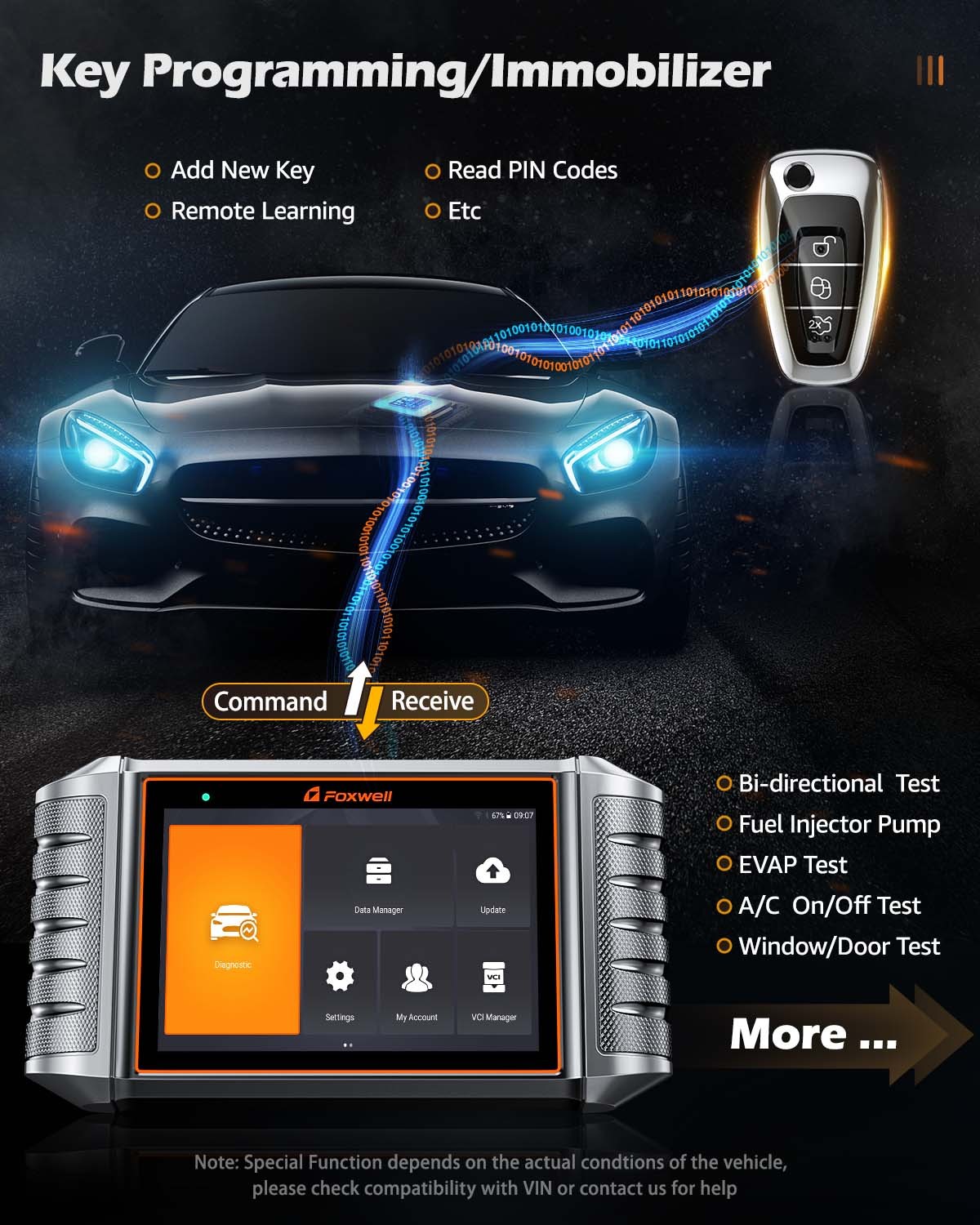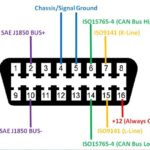OBD2 scanners have revolutionized car maintenance, providing crucial insights into vehicle health and preventing costly repairs. Scanners with Anti-lock Braking System (ABS) and Supplemental Restraint System (SRS) capabilities are particularly valuable for enhanced safety. This guide explores the importance of these features, how OBD2 scanners interact with ABS and SRS, key considerations when choosing a scanner, and answers frequently asked questions.
Why ABS and SRS Features are Crucial in an OBD2 Scanner
ABS prevents wheel lockup during sudden braking, maintaining control and preventing skids. SRS encompasses passive safety features like airbags and seatbelt pretensioners, vital for protection in collisions. An OBD2 scanner with ABS and SRS functionalities allows for early detection of potential issues within these critical safety systems, ensuring optimal performance and driver safety.
Understanding OBD2 Scanners: Capabilities and Considerations
OBD2 scanners provide access to a vehicle’s onboard diagnostics system, enabling users to interpret critical data. Choosing the Best Obd2 Abs And Srs Tool requires understanding key factors:
Vehicle Compatibility
While OBD2 standardization ensures compatibility with most post-1996 vehicles, ABS and SRS system access varies depending on the scanner and car model. High-end scanners often offer customization for specific brands and in-depth diagnostics. Confirming compatibility with your vehicle’s make and model is essential.
User-Friendliness
Intuitive interfaces, such as LED displays or touchscreens, simplify navigation and data interpretation. Features like built-in diagnostic trouble code (DTC) libraries with definitions and troubleshooting tips enhance usability, especially for DIY users.
Data Accuracy
Accurate data reading is paramount for effective diagnostics. High-quality OBD2 ABS and SRS tools deliver precise readings, facilitating accurate issue identification and effective repairs. Advanced scanners provide deeper insights by retrieving manufacturer-specific codes. For optimal performance, choose a scanner known for its data accuracy.
Connectivity
Modern scanners offer various connectivity options. Basic models connect directly via wire, while advanced scanners utilize Bluetooth or Wi-Fi for wireless data transmission, enabling remote diagnostics and access to online resources.
Decoding ABS and SRS: A Closer Look
Anti-lock Braking System (ABS)
ABS enhances steering control during hard braking by preventing wheel lock-up, avoiding uncontrolled skids and potentially reducing stopping distances.
Supplemental Restraint System (SRS)
SRS comprises passive safety features designed to mitigate injuries during collisions. Key components include airbags, seatbelt pretensioners, and impact sensors working in concert to protect occupants.
How OBD2 Scanners Interact with ABS and SRS: Advanced Diagnostics with Foxwell
Advanced OBD2 ABS and SRS tools like Foxwell scanners offer comprehensive diagnostic capabilities beyond basic code reading:
Code Reading and Clearing
Identifying and clearing DTCs related to ABS and SRS malfunctions is fundamental. This pinpoints issues like faulty sensors or connection problems, allowing for targeted repairs.
Real-time Data Monitoring
Monitoring live data from ABS and SRS sensors provides insights into system behavior during operation. This aids in troubleshooting intermittent issues and verifying system performance.
Bi-directional Control
Performing bi-directional control tests allows the scanner to command specific actions within the ABS and SRS, such as activating components or simulating scenarios for precise diagnostics.
System Bleeding and Calibration (Select Models)
Certain Foxwell scanners offer automated bleeding and calibration for ABS hydraulic systems, ensuring optimal brake function after repairs.
Component Activation and Adaptation
Activating individual components within ABS and SRS verifies their functionality. Adaptation features enable seamless integration of new parts into the vehicle’s computer systems. Foxwell scanners exemplify these advanced capabilities. They provide intuitive interfaces, comprehensive vehicle compatibility, and regular software updates, making them a leading choice for professionals and DIY enthusiasts.
Legal and Safety Considerations when Using an OBD2 Scanner
Compliance with regulations, such as those set by the Environmental Protection Agency (EPA) and OBD-II standards, is crucial. Adhering to manufacturer instructions, ensuring proper connection/disconnection procedures, and turning off the ignition before use are vital safety precautions.
Conclusion: Choosing the Best OBD2 ABS and SRS Tool
An OBD2 scanner with ABS and SRS capabilities is essential for modern vehicle maintenance and safety. Selecting the right tool empowers car owners to proactively monitor critical safety systems, potentially preventing costly repairs and ensuring peace of mind. Consider vehicle compatibility, user-friendliness, data accuracy, and connectivity when making your decision. Investing in a quality OBD2 ABS and SRS scanner is an investment in safety and vehicle longevity.
FAQs about OBD2 Scanners for ABS and SRS
How often should I use an OBD2 scanner?
Regular checks, especially before long trips, are recommended for preventative maintenance.
Are OBD2 scanners with ABS and SRS functionalities universal?
Compatibility varies. Always verify compatibility with your specific car make and model before purchasing.
What if my scanner detects a fault?
Consult a qualified mechanic for professional diagnosis and repair to ensure vehicle safety. Issues with ABS or SRS should be addressed promptly.
United States Environmental Protection Agency
Foxwell Scanner

